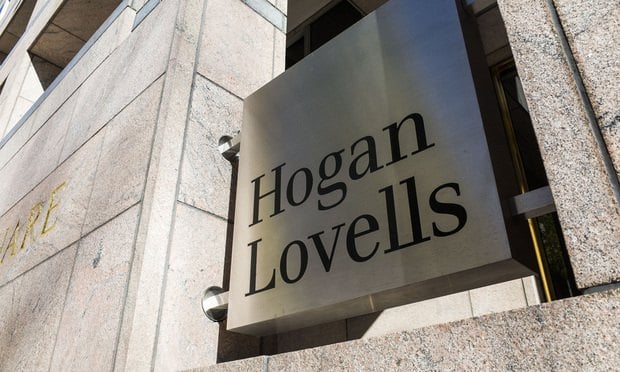If US culture traditionally celebrates individual achievement, the financial results for the world’s largest legal market proved suitably patriotic last year. Overall there was little surprise, with the US top 100 firms achieving underlying revenue growth of 1.4% – a modest but respectable result that returned the group to growth after the 3.4% contraction seen in 2009. The prolonged squeeze on costs was enough to turn this modest revival into an 8.4% increase in average partner profits overall – very solid going for a hardly solid market.
But the story wasn’t really about trends or sections of the market. In contrast to 2009 when leading New York firms were the clear pace-setters, 2010 showed little to link the winners or the losers. Not that the distance between the two groups wasn’t sizeable – it is just that there is little obvious pattern in terms of geographic spread, practice focus or business model to identify which group a law firm would find itself in. (That’s not including the blindingly obvious observation that it didn’t hurt to have a decent litigation practice, a tight grip on costs and a tidy niche in high-yield.) Emerging as strong performers are those as varied as Kirkland & Ellis, Paul Weiss Rifkind Wharton & Garrison, Quinn Emanuel Urquhart & Sullivan, Perkins Coie, Cahill Gordon & Reindel and Latham & Watkins.








